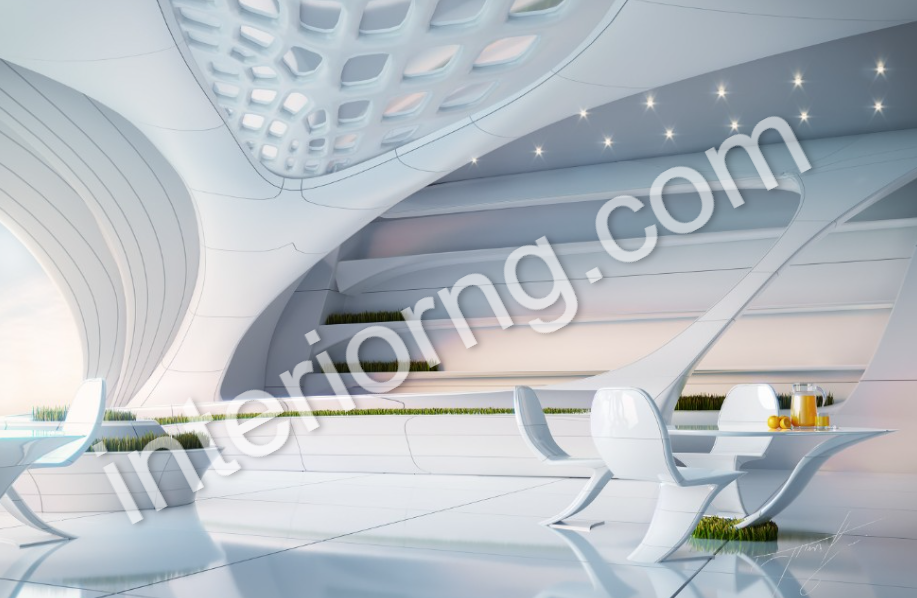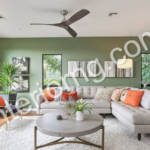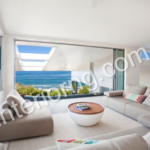The Power of an Interior Designer Bio
Interior design bio combines creativity, technical skills, and a deep understanding of the needs and desires of clients. Whether you’re renovating your home or creating a new living space, interior designers are essential in helping you achieve your vision and make the most of your space. In this blog post, we’ll take a closer look at the background and careers of interior designers, exploring what they do and what sets them apart in the industry.
Who is an Interior Designer?
An interior designer is a professional who creates functional, safe, and attractive interior environments by applying design principles and elements. They work with clients to identify their needs and preferences, conduct space planning and design, and manage the implementation of their projects. Interior designers use their creativity, technical skills, and attention to detail to create beautiful and functional living spaces that meet the needs and desires of their clients. To become an interior designer, you’ll typically need to complete a formal education in interior design and obtain a professional license. Some interior designers also choose to pursue certification, which further demonstrates their expertise and commitment to the profession.
A Look at the Career Path of an Interior Designer
The interior design industry offers a range of career paths, from working in a design firm to starting your own business. Whether you’re just starting out or looking to advance your career, there are many opportunities to explore in this dynamic and creative field. The journey from education to professional practice can vary greatly, depending on your goals and the path you choose to take. However, the typical steps include completing an education in interior design, gaining experience through internships or entry-level positions, and establishing a professional portfolio. Many interior designers also choose to specialize in a specific area of design, such as residential design, commercial design, or sustainability, to further advance their careers.
The interior design process typically involves the following steps:
- Understanding the client’s needs and preferences
- Conducting space planning and design
- Selecting materials, finishes, and furnishings
- Managing the implementation of the project
- Monitoring the progress of the project and making any necessary adjustments
The Importance of an Interior Designer’s Bio
An interior designer’s bio is a critical component of their professional profile and can make a big impact on their success. It provides a brief overview of their background, experience, and style, and gives potential clients a sense of who they are and what they can offer. An effective interior designer bio can help you stand out in a crowded market, demonstrate your expertise and professionalism, and attract new clients.
Examples of Effective Interior Designer Bios
There are several types of interior designer bios, including online bios, portfolio bios, professional bios, and more. Regardless of the type, all effective interior designer bios should highlight the following elements:
- Background information, including education and experience
- Areas of expertise and specialization
- Unique qualities and accomplishments
- Professional portfolio or samples of their work
- Contact information and links to their website or social media profiles
One example of an effective interior designer bio is that of Sarah Richardson, a well-known interior designer who has established a successful career in both residential and commercial design. In her online bio, she highlights her education and experience in the industry, including her background in architecture and her passion for creating functional and beautiful living spaces. She also showcases her unique approach to design, her areas of expertise, and her portfolio of work, demonstrating her expertise and style to potential clients. Another example is that of Kelly Wearstler, an award-winning interior designer known for her signature style and bold use of color. In her portfolio bio, she highlights her education and experience, as well as her philosophy and approach to design. She also showcases a selection of her most impactful projects, demonstrating her ability to create beautiful and functional spaces that reflect her clients’ needs and desires.
In conclusion, interior designers play a crucial role in creating beautiful and functional living spaces that meet the needs and desires of their clients. With a combination of creativity, technical skills, and a deep understanding of design principles, interior designers are able to transform ordinary spaces into functional, stylish, and comfortable environments. Whether you’re just starting out or looking to advance your career, the interior design industry offers a range of opportunities to explore. An effective interior designer bio is an essential component of a successful career. It highlights your background, experience, and style, and gives potential clients a sense of who you are and what you can offer. Whether it’s an online bio, portfolio bio, professional bio, or another type, your bio should be well-crafted, professional, and reflective of your unique approach to design.
In addition to a strong interior design bio, it’s also important to maintain a professional portfolio that showcases your best work. A portfolio allows you to demonstrate your abilities, style, and creativity to potential clients, and is a key tool for attracting new business. Whether you’re starting your own business or working for a design firm, a professional portfolio is an essential part of your marketing and branding efforts. With the right education, experience, and approach, you can make a big impact in the interior design industry and help bring your clients’ visions to life. Whether you specialize in residential design, commercial design, or another area, the possibilities in the interior design industry are virtually limitless. So, if you’re passionate about design, creativity, and helping others make the most of their living spaces, a career as an interior designer may be the perfect fit for you.




